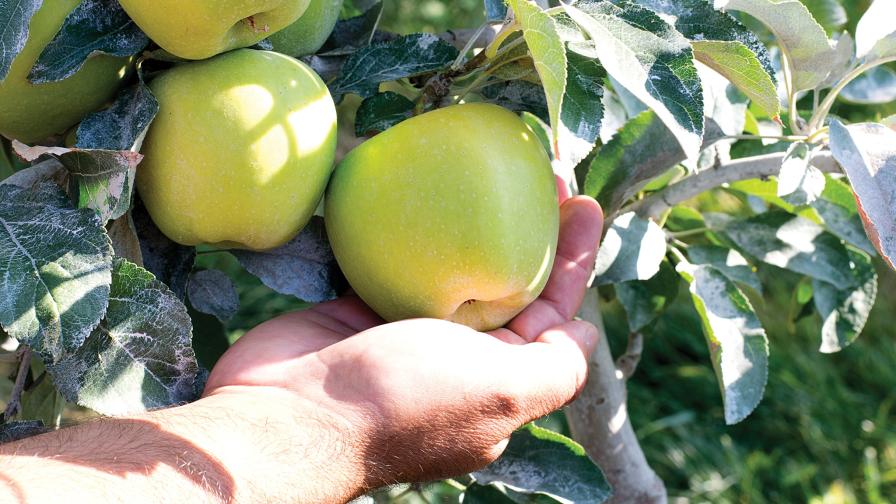California Growers to Lose Controversial Pesticide
While California growers have been expecting this moment for a while, the California Environmental Protection Agency has officially (CalEPA) announced the Department of Pesticide Regulation (DPR) the sunset of chlorpyrifos in the state.
This announcement follows restricted use by California Department of Pesticide Regulation last fall.
Chlorpyrifos is used on more than 800,000 acres and 60 crops including tree nuts, vegetables, grapes, citrus, cotton, and alfalfa in California alone. Collectively, these crops amount to $23 billion in value for the state. Chlorpyrifos has been a key tool in Asian citrus psyllid control in Florida.
Gov. Gavin Newson also will propose $5.7 million in new funding in the May Revision budget proposal to support the transition to safer, more sustainable alternatives, and plans to convene a working group to identify, evaluate, and recommend alternative pest management solutions.
California formally listed chlorpyrifos as a “toxic air contaminant” in April, which California law defines as “an air pollutant which may cause or contribute to an increase in mortality or an increase in serious illness, or which may pose a present or potential hazard to human health.” The listing requires DPR to develop control measures to protect the health of farm workers and others living and working near where the pesticide is used.
DPR says, in consultation with California Department of Food and Agriculture, the Office of Environmental Health Hazard Assessment (OEHHA), and the California Air Resources Board (CARB), that sufficient additional control measures are not feasible.
DPA will begin the process of canceling the registrations for products containing chlorpyrifos while initiating a cross-sector working group to identify safer alternatives.
DPR also will consult with county agricultural commissioners and local air pollution control districts before filing for cancellation. The cancellation process could take up to two years.
During the cancellation process, DPR’s recommendations to county agricultural commissioners for tighter permit restrictions on the use of chlorpyrifos will remain in place. These include a ban on aerial spraying, quarter-mile buffer zones, and limiting use to crop-pest combinations that lack alternatives.
In a statement, Tom Nassif, President and CEO of Western Growers spoke out against the decision:
“California farmers also face the most stringent regulatory environment in the world, one that often limits their access to many of the tools still available to farmers elsewhere in the U.S. and in foreign countries, including certain types of pesticides. Indeed, over the last 20 years, California regulatory actions have removed several of the most important crop protection tools farmers rely on to fight pests and diseases.
“With yesterday’s announcement that DPR will initiate the cancellation of chlorpyrifos, one of the most widely studied and globally approved insecticides, California farmers now stand to lose yet another arrow in their quiver – without effective and ready replacement tools – making their quest to grow the safest, healthiest and most abundant food supply in the world even more difficult.”










